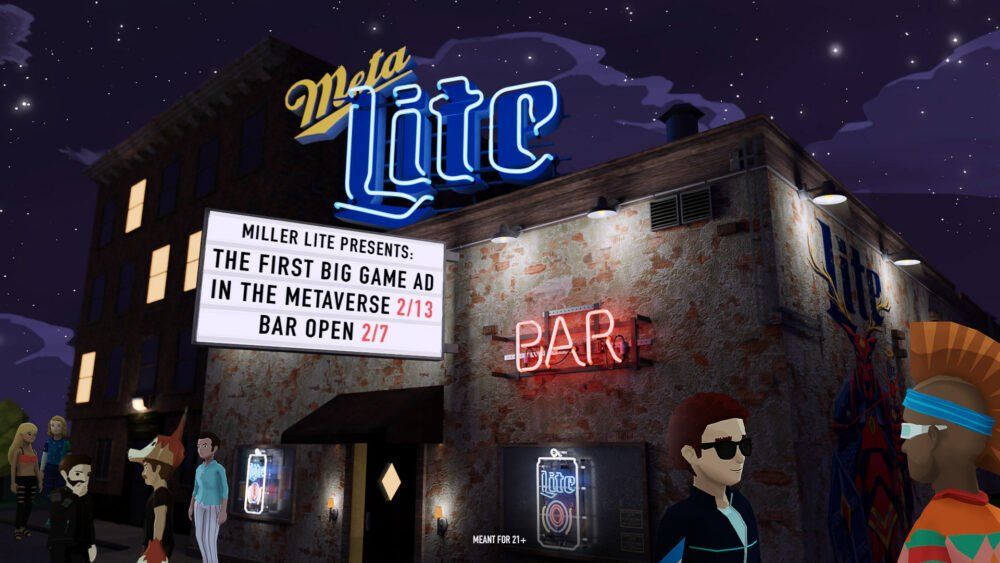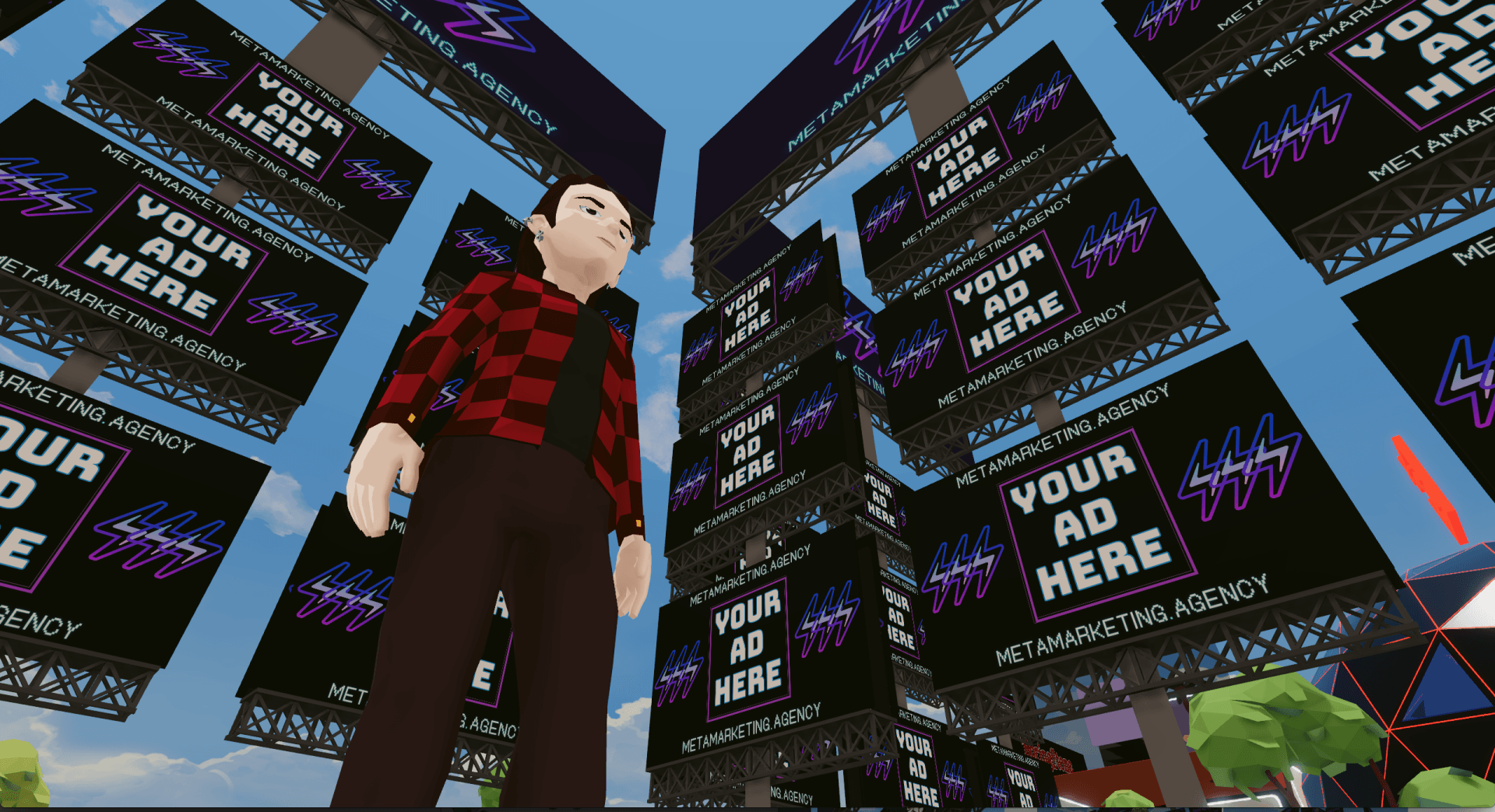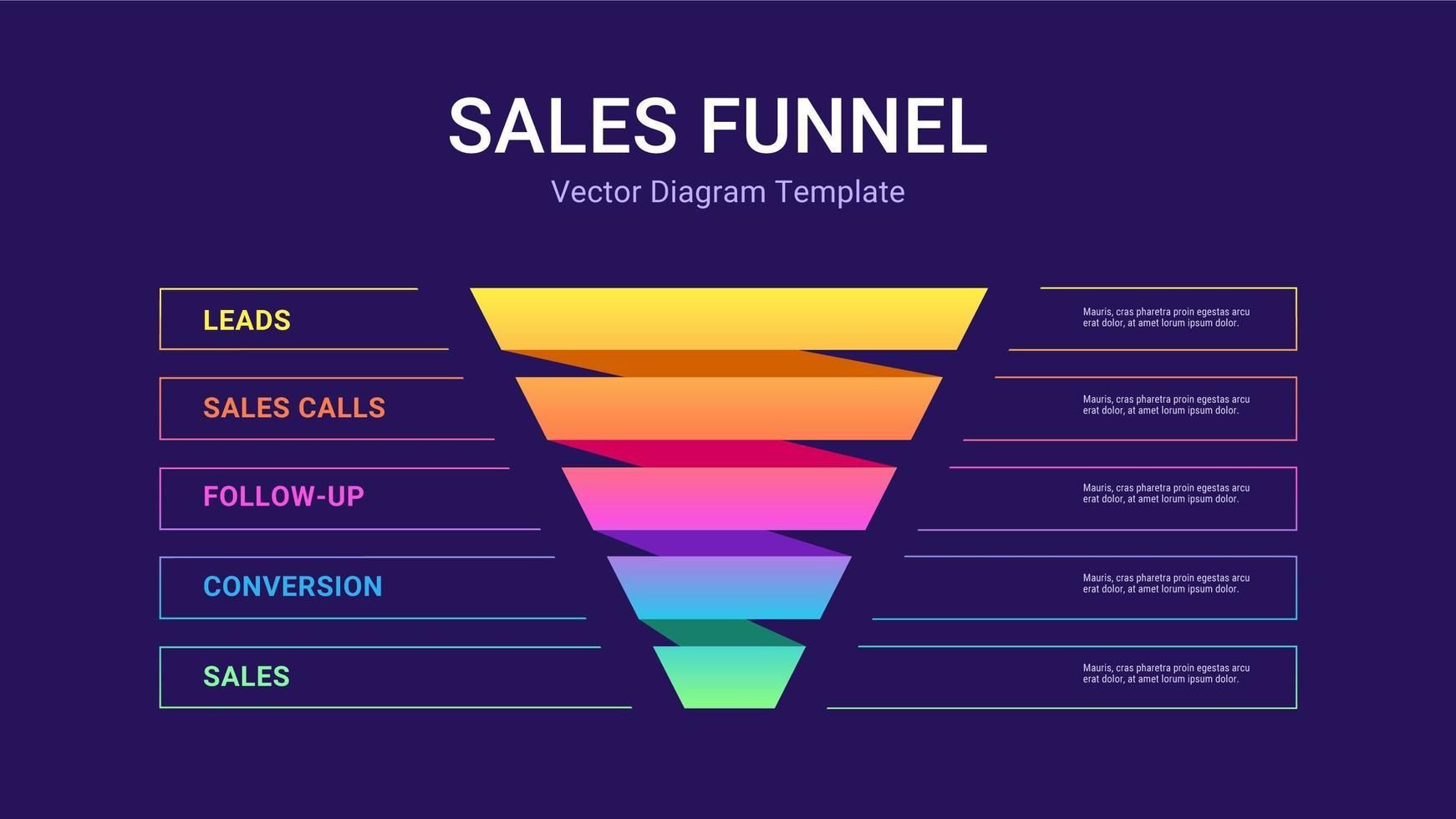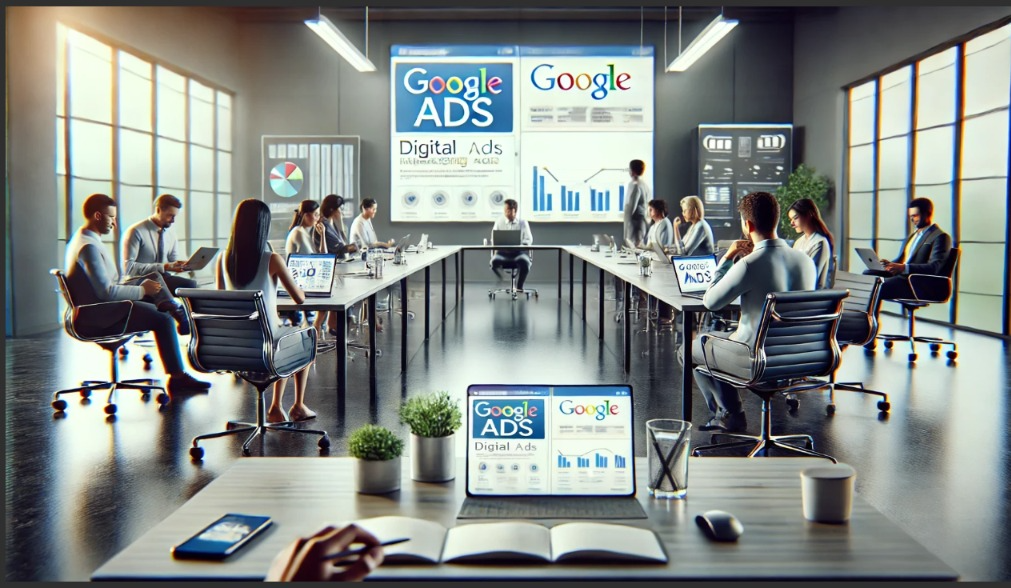How to Enter the Metaverse: Brand Strategies for Virtual Reality
Metaverse Strategies for Brands Looking to Enter

It's no secret that virtual reality is on the rise. With headsets like the Oculus Rift and HTC Vive becoming more popular, it's only a matter of time before businesses start taking advantage of this new technology. But how can brands enter the metaverse and create an effective VR strategy?
In this blog post, we will discuss some tips for getting started in VR marketing.
Table of Contents
- Why Should Brands Care About The Metaverse?
- Creating Virtual Reality Experiences to Engage Customers
- Best Metaverse Branding Practices
- Potential Dangers or Risks of VR Branding
- Maximize Accessibility to Consumers
- Long Term Effects that VR Branding Will Have on Brands
Why Should Brands Care About The Metaverse?
For the uninitiated, the metaverse is a shared virtual space where people can interact with each other and with digital content. While it may sound like something out of science fiction, the metaverse is already becoming a reality. Brands are already beginning to establish a presence in the metaverse, and many believe that it will eventually become an important marketing channel.
There are several reasons why brands should care about the metaverse. First, the metaverse provides an immersive environment that can be used to build strong relationships with customers. Customers who feel connected to a brand are more likely to make purchase decisions based on emotion rather than logic.
Second, the metaverse offers brands a unique opportunity to create experiences that are not possible in the physical world. For example, brands can use the metaverse to create interactive product demonstrations or simulated store environments.
Finally, the metaverse presents a new way for brands to reach customers. In a world where people are spending more and more time in virtual environments, the metaverse provides a way for brands to connect with their target audience.
The metaverse is still in its early stages of development, but it is clear that it has the potential to revolutionize how brands interact with customers. As the metaverse continues to evolve, it will become increasingly important for brands to establish a presence in this new digital world.

Creating Virtual Reality Experiences to Engage Customers
In a rapidly developing technological landscape, how can brands keep up with the ever-changing landscape and ensure they are engaging customers in the most current and innovative ways possible?
The answer is by creating virtual reality experiences. VR technology offers a way for brands to transport their customers into an immersive world, or metaverse, where they can interact with products and services in a completely new way.
This technology is still in its infancy, but early adopters are already seeing success with VR campaigns. For example, Ikea created a virtual reality app that allowed customers to explore different products in a realistic home setting.
Similarly, Coca-Cola used VR to create an immersive experience that transported customers to the South Pole. As VR technology continues to develop, it will become an increasingly powerful tool for brands looking to engage their customers in new and innovative ways.
If you are a brand looking to host a metaverse event with proven tips and tricks, contact the experts at Meta Marketing today!
Best Metaverse Branding Practices
The metaverse is a new and exciting frontier for brands. Here are some best practices for how brands can enter the metaverse:
Make sure your brand has a strong identity and unique voice
In the metaverse, there will be many brands vying for attention. It's important that your brand stands out from the crowd with a strong identity and unique voice.
Create engaging and immersive experiences
The metaverse is all about immersion and interactivity. Brands should create engaging experiences that immerse users in their world.
Build a community of engaged users
In the metaverse, branded communities can be powerful marketing tools. Brands should build communities of engaged users who are passionate about their products and experiences.
Focus on delivering value
The metaverse is still in its early stages and many users are unsure about how it can benefit them. Brands should focus on delivering value to users, whether that's through informative content, exclusive deals, or helpful services.
Keep it fresh and exciting
The metaverse is a dynamic place where anything is possible. Brands should always keep their presence in the metaverse fresh and exciting, with new content and experiences regularly released to keep users engaged.
Potential Dangers or Risks of VR Branding
As we enter the age of virtual reality, more and more brands are looking for ways to enter the metaverse. However, there are potential dangers and risks associated with VR branding that need to be considered before taking the plunge.
One of the biggest risks is that brands could end up becoming trapped in their own virtual world, cut off from the real world and unable to connect with their target audience. Another risk is that virtual reality could be used to manipulate consumers by providing them with an artificially perfect setting in which to make purchase decisions.
Finally, there is the possibility that VR technology could be used to collect data about users without their knowledge or consent. While VR branding presents many opportunities for brands, it is important to be aware of the potential risks before getting started.
Maximize Accessibility to Consumers
Virtual reality has the potential to revolutionize how brands interact with consumers. Through VR, brands can create immersive, interactive experiences that engage consumers on a whole new level. However, as with any new technology, there are challenges that need to be considered in order to make VR accessible to as many people as possible.
One of the challenges is ensuring that VR experiences are compatible with a variety of devices and platforms. Brands need to consider how people will access their VR content, and make sure that it can be viewed on a range of devices. Another challenge is making sure that VR experiences are affordable. VR hardware can be expensive, so brands need to find ways to make their content affordable for everyone.
Finally, brands need to think about how they can create inclusive VR experiences that are accessible for everyone. This includes considering how people with different disabilities will be able to access and interact with VR content. By taking these challenges into account, brands can make sure that their virtual reality experiences are accessible to as many people as possible.

Long Term Effects that VR Branding Will Have on Brands
It's no secret that virtual reality is becoming more and more popular. Not only are there a growing number of VR headsets on the market, but businesses are also starting to explore how they can use VR for branding and marketing purposes. While it's still early days, there are already some clear trends emerging in how brands are using VR. And as VR technology continues to evolve, we can expect even more innovative and immersive brand experiences in the future.
One of the most exciting things about VR branding is how it can take customers to places they would never be able to visit in real life. For example, a luxury car brand could transport potential customers to an exotic location to test drive one of their latest models. Or a fashion label could allow shoppers to try on clothes in a virtual fitting room before making a purchase. This kind of immersive brand experience is not only incredibly memorable, but it also helps customers to really connect with a brand on an emotional level.
Of course, creating a successful VR brand experience is not without its challenges. One of the biggest issues is ensuring that the quality of the experience is high enough to justify the investment. After all, if customers have a bad VR experience, it could do more harm than good for a brand's reputation. Another challenge is reaching customers with VR hardware, as not everyone has access to a VR headset at present. However, as VR technology becomes more widespread, these challenges are likely to lessen over time.
In short, VR branding has the potential to provide truly unique and memorable experiences for customers. As VR technology continues to evolve, we can expect even more immersive and engaging brand experiences in the future.
In Conclusion,
Although the metaverse is still in its early stages of development, it’s important for brands to start preparing now for a future where VR becomes more mainstream. There are many ways businesses can get ahead of the curve and create virtual reality experiences that engage customers and drive sales.
By following some best practices for branding in the metaverse, businesses can make sure their VR experiences are top-notch and accessible to as many people as possible.
Of course, there are always potential dangers or risks associated with new technologies, but by being aware of these dangers and taking steps to mitigate them, brands can ensure that their VR experiences are both safe and successful.
The long-term effects of VR branding on businesses and consumers alike remain to be seen, but it’s clear that this technology has the potential to change the way we interact with the digital world.
Are you ready for the metaverse?
Contact us today to learn more about how we can help you prepare for this exciting new frontier.





















